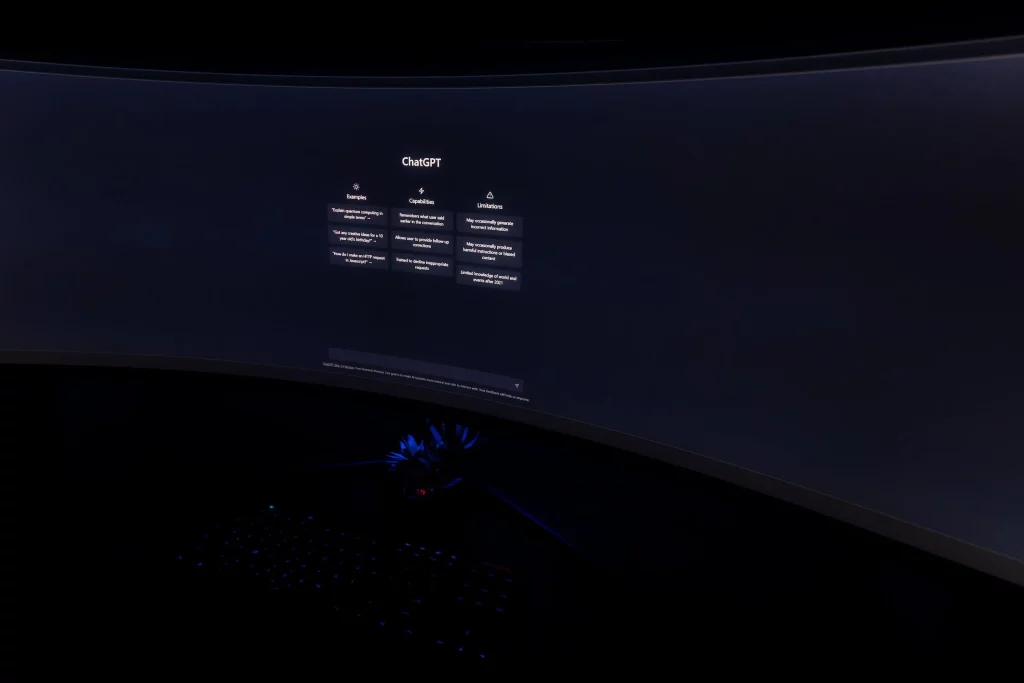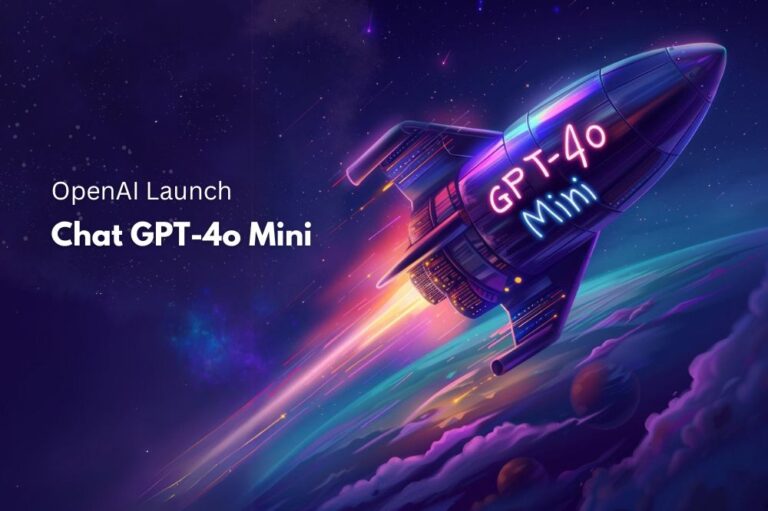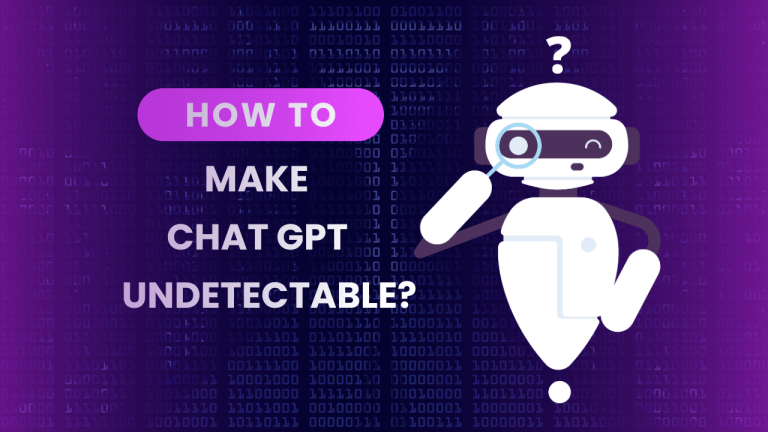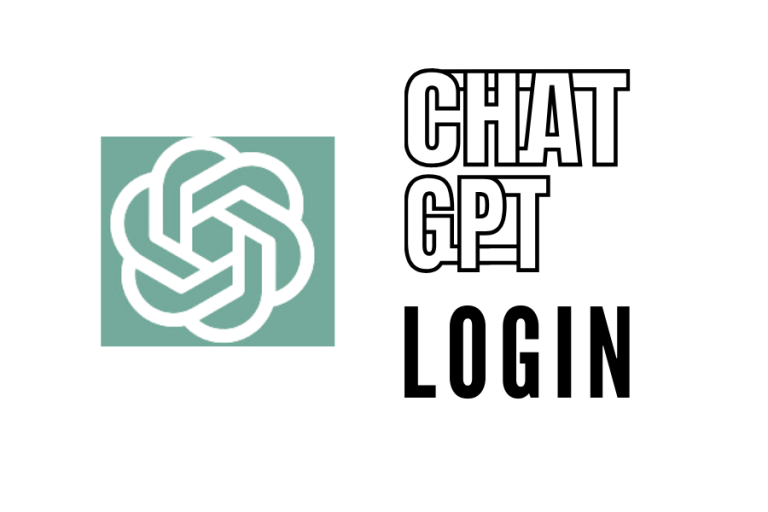How To Install ChatGPT Locally? Step-By-Step Guide
The GPT platform is a language model that can generate text based on prompts. People want to install ChatGPT locally in order to use its capabilities without an internet connection. In this article, we’ll explore the step-by-step process of how to install ChatGPT locally. By following these steps, you will be able to use ChatGPT’s capabilities without an internet connection.
How To Install ChatGPT Locally?
Here are some easy-to-follow tips and tricks from our team of experts:
Step 1: Install the necessary dependencies
Install the necessary dependencies to host ChatGPT locally:
- Python 3.7 and above
- PyTorch
- Transformers
- Flask
You can use Pip to install these dependencies. Run the following commands at your terminal or command prompt:
- pip install torch
- pip install transformers
- pip install flask

Step 2: Get the pre-trained model
Next, you need to download the pre-trained ChatGPT model. The model is available for download at the following URL: https://beta.openai.com/docs/guides/chat-gpt/download.
After downloading the model, extract the files to a desired directory.
Step 3: Make a flask app
The next step is to install the necessary dependencies to host ChatGPT locally. Add the following code to a new file called app.py:
from flask import Flask, request, jsonify from transformers import GPT2LMHeadModel, GPT2Tokenizer app = Flask(__name__) tokenizer = GPT2Tokenizer.from_pretrained('path/to/model') model = GPT2LMHeadModel.from_pretrained('path/to/model') model.eval() @app.route('/generate', methods=['POST']) def generate(): data = request.get_json() prompt = data['prompt'] length = data['length'] input_ids = tokenizer.encode(prompt, return_tensors='pt') output = model.generate(input_ids, max_length=length, do_sample=True) response = tokenizer.decode(output[0], skip_special_tokens=True) return jsonify({'response': response})
This code loads the pre-trained ChatGPT model. This then creates a Flask app, imports the required libraries, and specifies a route for producing responses. A prompt and a length are passed to the generate method, which uses the model to create a response and provides it as a JSON object.
Step 4: Try the flask app
To test the Flask application, run the following command in your terminal: export FLASK_APP=app.py flask run The Flask application will launch on your local computer.
To generate responses, send a POST request to the generate endpoint. A sample utilizing the requests library is provided below:
Import requests url = 'http://localhost:5000/generate' data = {'prompt': 'Hello, how are you?', 'length': 50} response = requests.post(url, json=data).json() print(response['response'])’
With a prompt and a desired answer length, this code performs a POST request to the Flask application. The application uses ChatGPT to build a response, which it then returns as a JSON object for us to output to the console.
Why Should I Install ChatGPT Locally?
There are several advantages to installing the AI model on your computer:
- It may be used straight on your mobile and is quick and responsive. Instead of operating on a remote server, the app will use the device’s processing and memory, which will function more effectively.
- Utilizing the app locally will improve the privacy and security of your personal information. No longer will the data be sent from your device to a distant server.
- Adjustable – By installing the program locally, you can make some changes to it to suit your needs and preferences. The user interface, app features, and more are all customizable.
- You won’t have to sign in again or wait for the server to react if it is busy if the app is locally installed, so there won’t be any downtime. So there is no downtime.

Tips And Troubleshooting For ChatGPT
Although setting up ChatGPT locally is typically straightforward, there might be a few bumps in the road. If you experience problems or failures, try troubleshooting by looking at the terminal’s error logs. Or you can try restarting the terminal, or rerunning the installation commands. Don’t be afraid to ask the online community if everything else fails.
If all the problem-solving tips fail, try looking for the tips from the online community.
Conclusion
Following the detailed step-by-step guide outlined in this article, you can set up ChatGPT on your machine and unleash its powerful capabilities for various applications.








